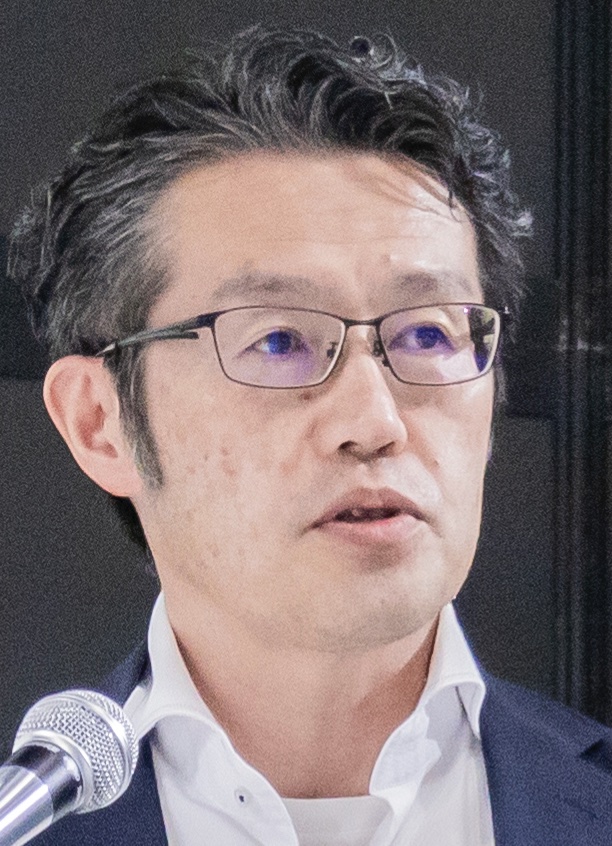Invited Talk II
13:30–14:30, Friday, October 10, 2025
A Symbolic Approach to Exact Quantum Circuit Simulation and Verification

Jie-Hong Roland Jiang
National Taiwan University
Abstract
Recent advancements in quantum technologies are paving the way toward practical quantum computation in the near future. Within this landscape, accurate quantum circuit simulation and verification are critical components in the development of quantum computing systems. However, due to the exponential growth of the Hilbert space with the number of qubits, classical simulation and verification of quantum circuits remain extremely challenging. In this talk, we present advances in both the accuracy and scalability of quantum circuit simulation and verification. To achieve exactness, we represent complex numbers algebraically rather than numerically. For scalability, we adopt a bit-sliced number representation and perform matrix-vector and matrix-matrix operations using symbolic Boolean manipulation. As a result, our simulation framework demonstrates substantial improvements over state-of-the-art tools, successfully handling quantum circuits with up to tens of thousands of qubits. In the context of verification, our method offers superior scalability and exactness, effectively overcoming the limitations of previous inexact approaches. Moreover, it exhibits significantly greater robustness in verifying functionally dissimilar circuits—an area where existing methods often struggle.
Biography
Professor Jie-Hong R. Jiang received his B.S. and M.S. degrees in Electronics Engineering from National Chiao Tung University, Hsinchu, Taiwan, in 1996 and 1998, respectively, and his Ph.D. in Electrical Engineering and Computer Sciences from the University of California, Berkeley, in 2004. He is currently a Professor in the Department of Electrical Engineering and the Graduate Institute of Electronics Engineering at National Taiwan University (NTU). His research interests include logic synthesis, formal verification, electronic design automation (EDA), and computation models of biological and physical systems.